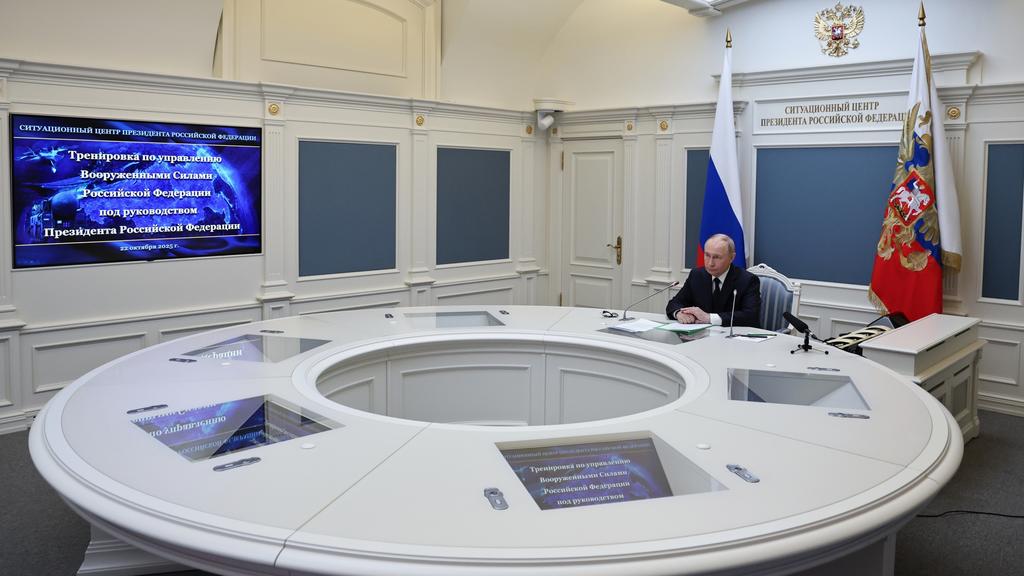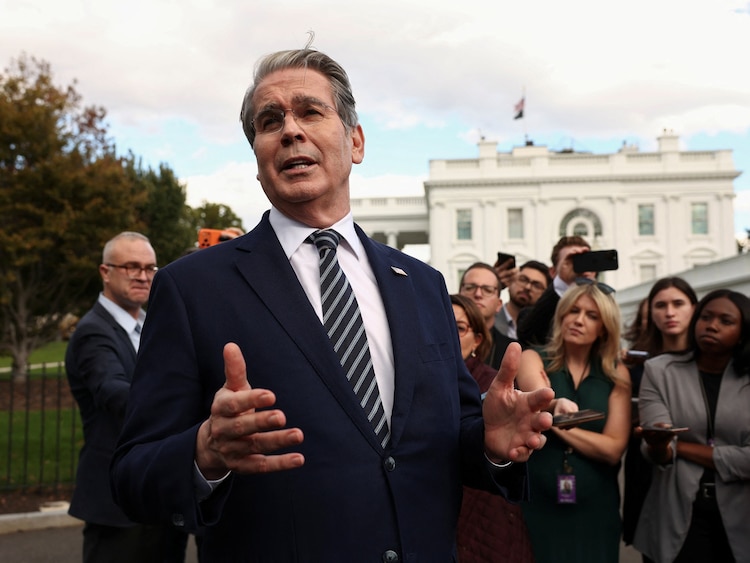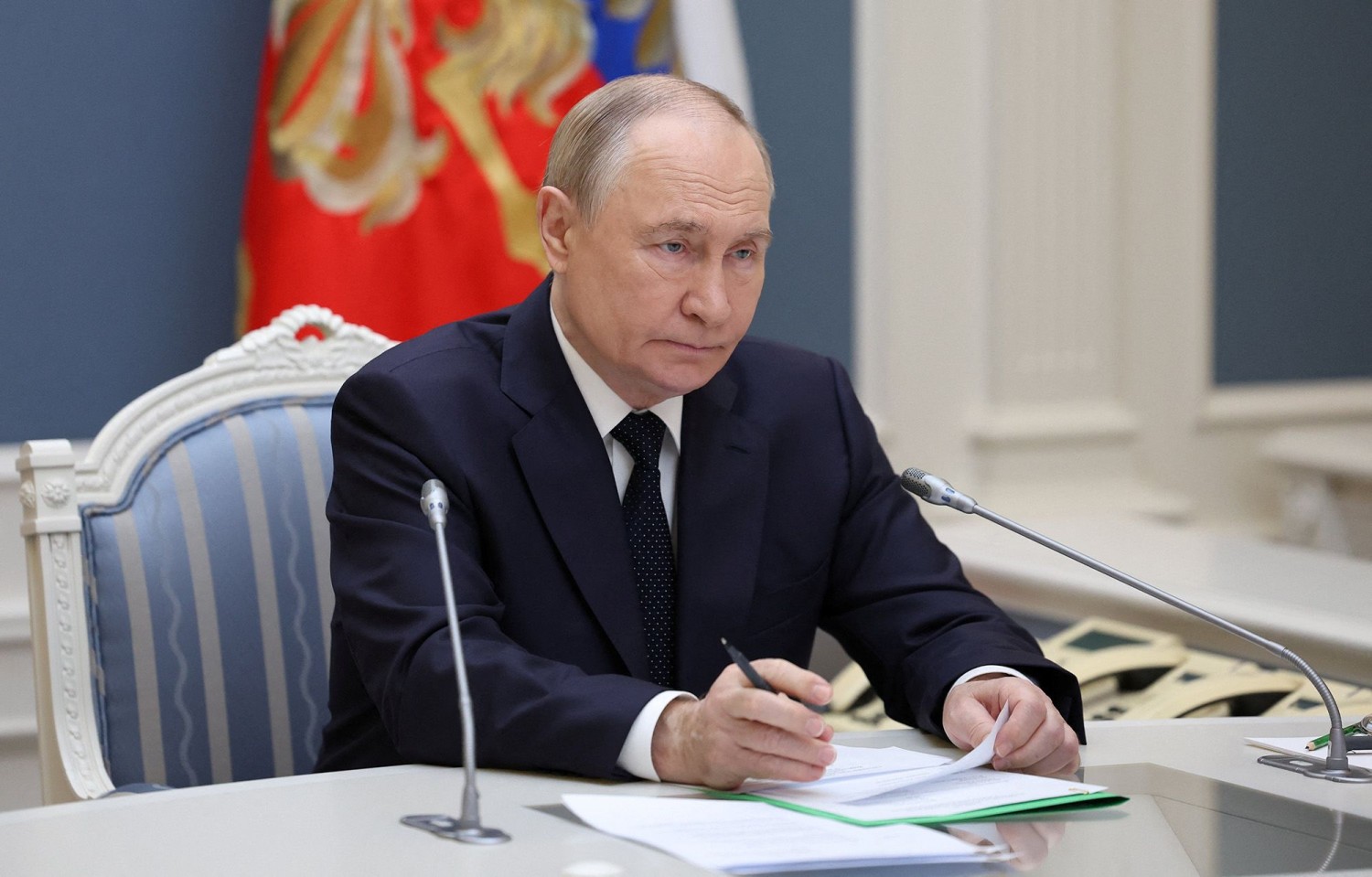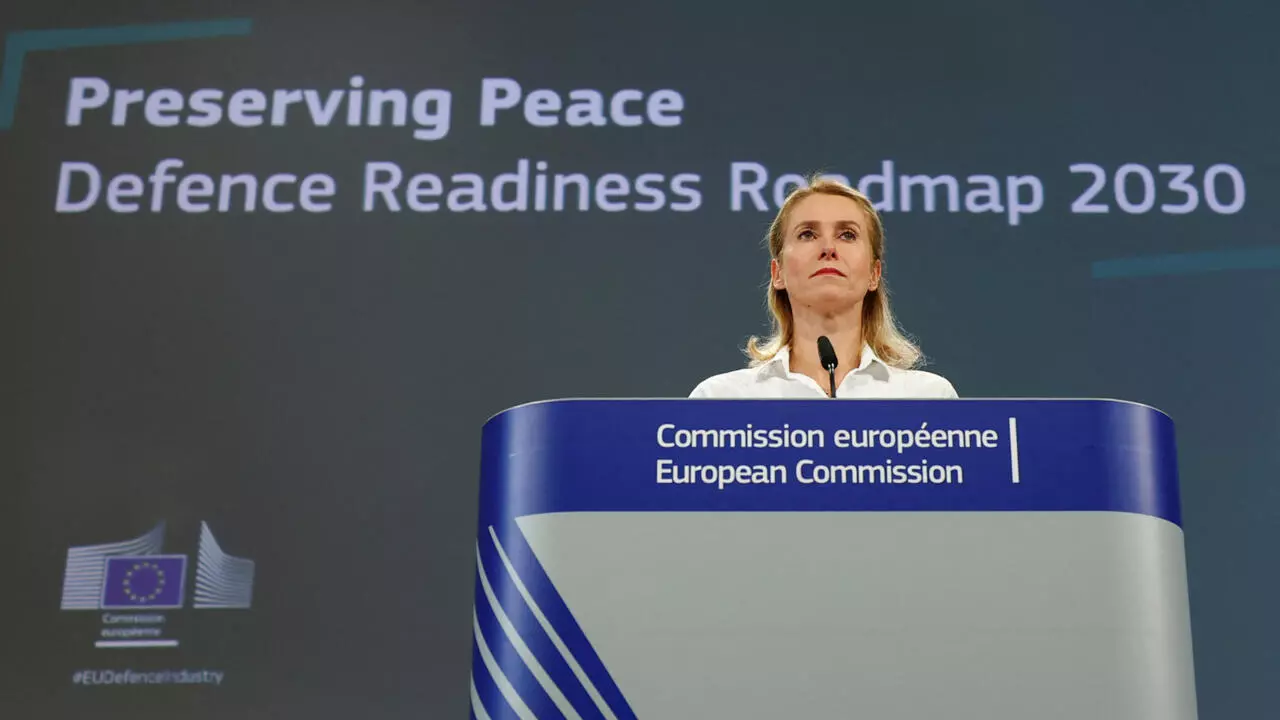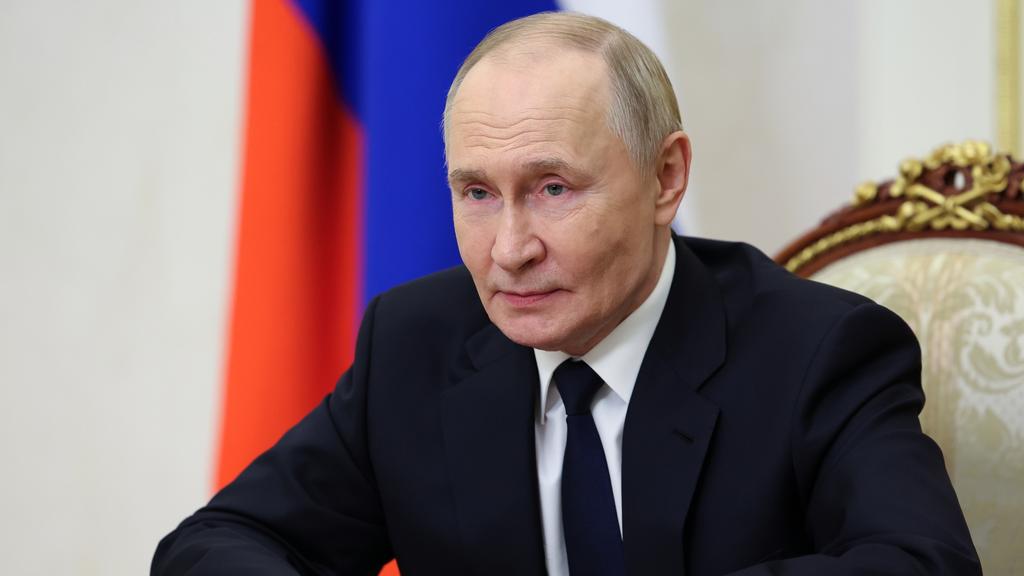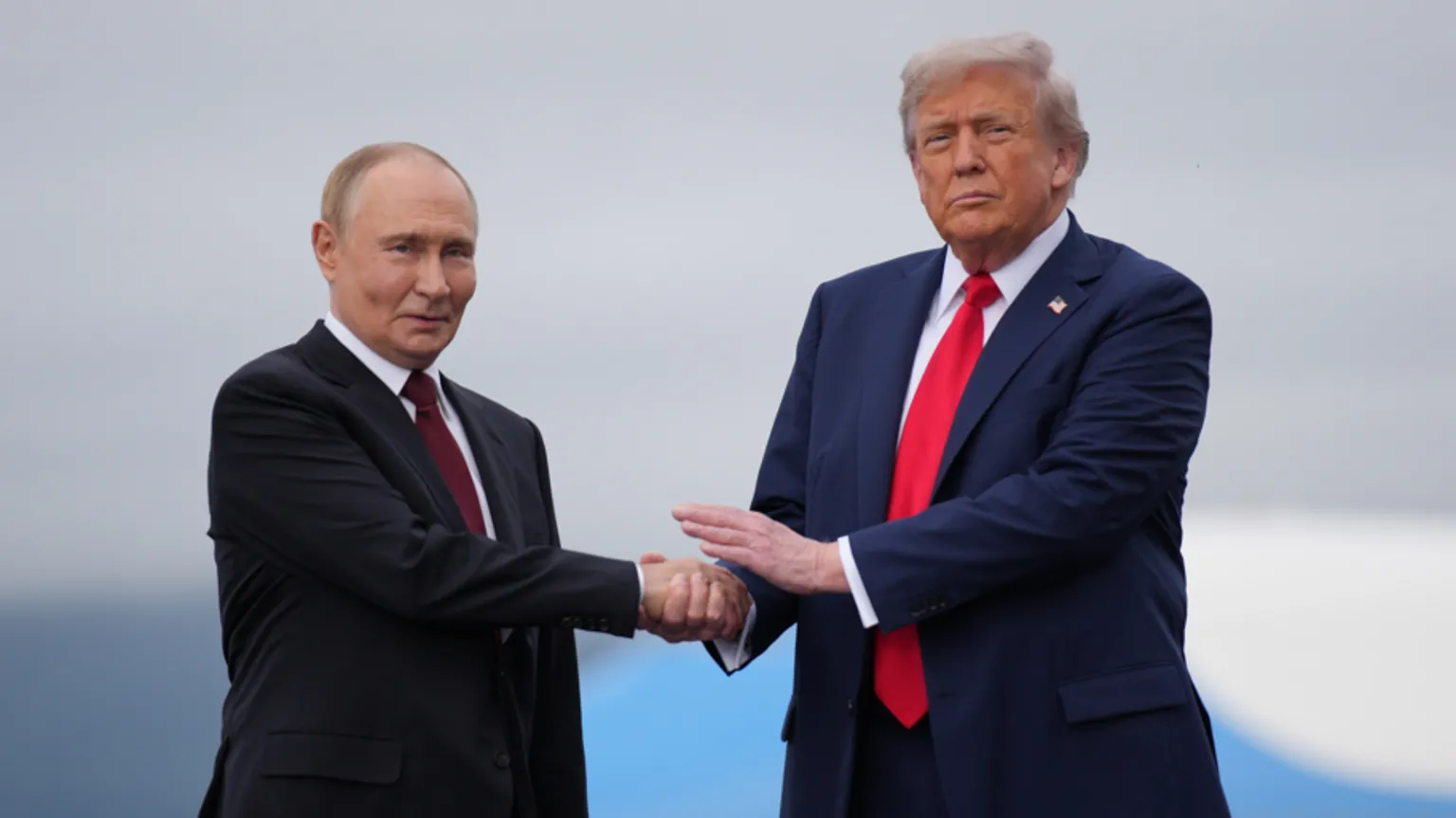
This article is more than
2 year oldThe world according to Xi Jinping and Vladimir Putin
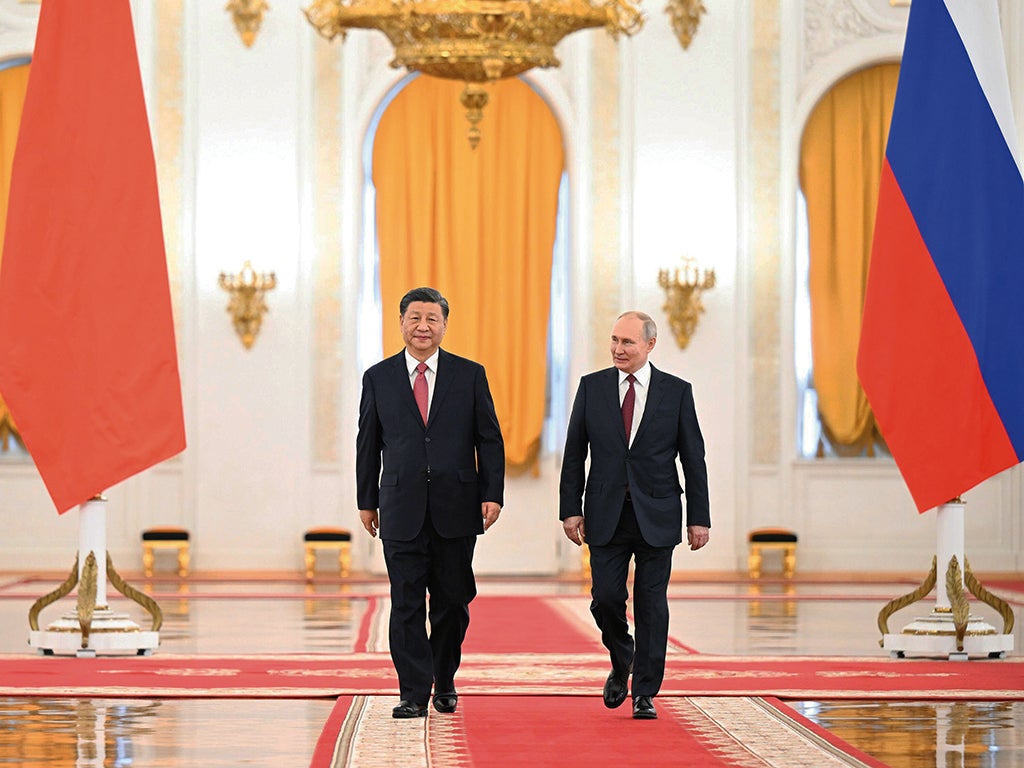
In December 1949, two months after founding the People’s Republic of China, Mao Zedong travelled to Moscow to meet his Soviet counterpart, Joseph Stalin. Yet instead of welcoming the Chinese leader as a victorious comrade-in-arms, Stalin lectured Mao on how to run his nation. Then he made him wait for 17 days at a country house outside the capital before he granted him a second audience. “I got so angry that I once pounded on the table,” Mao later told a Soviet ambassador. He complained that he had been limited to three main activities during his two-month visit: “The first was to eat, the second was to sleep, and the third was to shit.”
Seven decades later, the balance of power has shifted. Following the collapse of the Soviet Union, the rise of China as an economic superpower, and Vladimir Putin’s invasion of Ukraine, it is Beijing that has the upper hand in the relationship and on whom Russia’s future depends. When Xi Jinping arrived in Moscow for a three-day visit in March, Putin greeted him with an elaborate ceremony, complete with guards in imperial uniforms, in the most opulent hall of the Grand Kremlin Palace. The message to those watching in Russia and beyond was this: we are not on our own, China is still with us, and our friendship could not be closer. Putin all but fawned over Xi in his public remarks. “In recent years, China has made a colossal leap forward in its development,” he told him. “And we are even a bit envious of you.”
This was an understatement. By effectively cutting off Russia from the West through his war on Ukraine, Putin has plunged his country into a process of “reverse industrialisation”, Alexandra Prokopenko, a former Russian central bank official, told me. This means an ever-greater reliance on Beijing. “Before the war, China was still Russia’s major trading partner, but that relationship was balanced with trade with the European Union,” she explained. “Now China supplies 40 per cent of Russia’s imports – I think only North Korea has a bigger proportion – and this dependence will only grow.” Sergey Radchenko, a Cold War historian based at Johns Hopkins University and the author of the forthcoming book To Run the World: The Kremlin’s Cold War Bid for Global Power, put it more bluntly: “Russia has become not so much even a junior partner as an outright vassal to China.”
Yet the global political outlook has changed too. Just as Stalin and Mao were drawn together by the supposed threat from Western imperialism to form the Sino-Soviet alliance in 1950, despite their differences, so Xi and Putin are now bound together by what both perceive as a new epochal struggle against the West. Russia’s war has hurt Chinese interests – galvanising Western alliances, complicating Beijing’s relations with Europe, slowing global economic growth, and spurring Japan’s rearmament – but these are secondary considerations for Xi. His greater concern is the competition with the United States and its allies, which he believes will determine the future of the global order. Before he flew to Moscow, he lashed out at what he called the “all-round containment, encirclement and suppression” of China by Western countries. He needs Putin, above all else, as a partner in that fight.
This time, there is no formal alliance between Putin and Xi, and the socialist ideo-logy that linked Stalin and Mao is gone. Yet, this may only make the new Sino-Russian alignment stronger. The two powers are no longer competing for the leadership of the global communist movement, and they have learned from their violent split in the 1960s – which culminated in border clashes between Chinese and Soviet soldiers in 1969 – that it is better to be good neighbours than bitter enemies. Despite the “no limits” partnership proclaimed by the two leaders in Beijing in February 2022 ahead of the Ukraine war, the past year has demonstrated that there are, indeed, limits to the relationship, and that it is profoundly unequal.